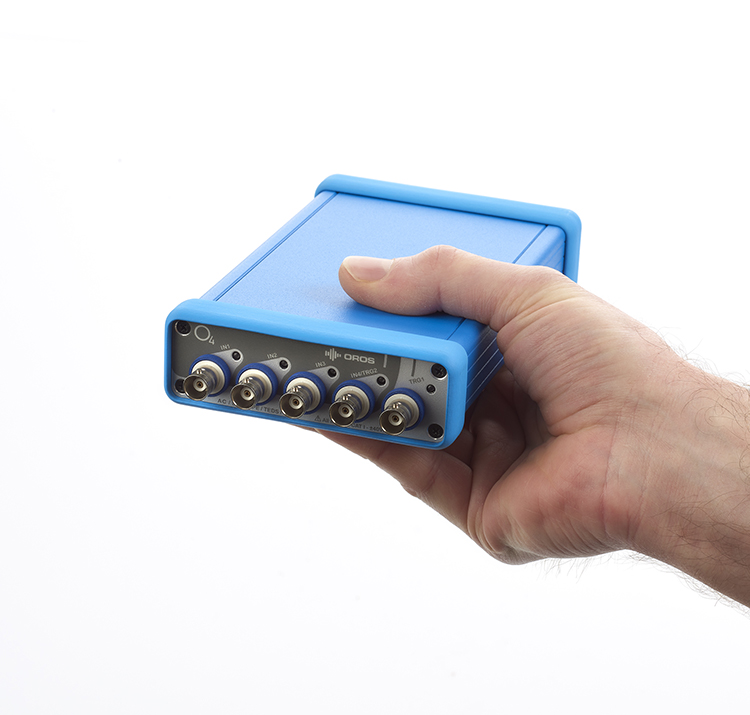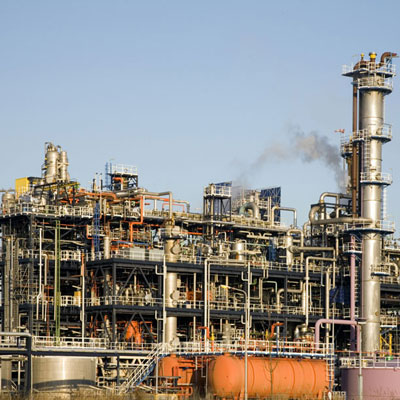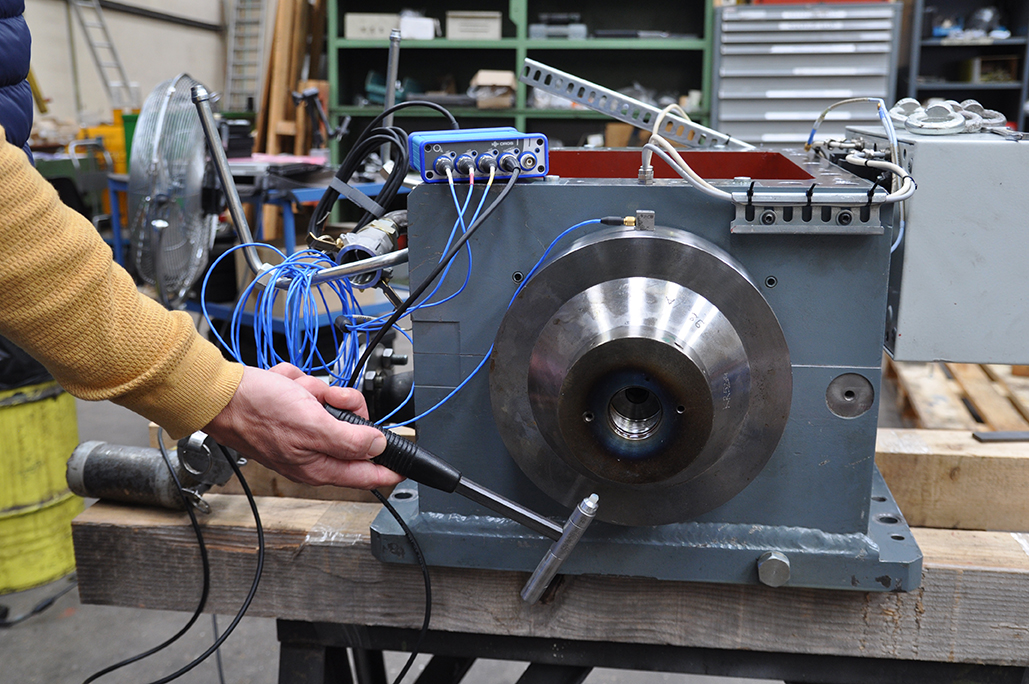Noise and vibration can be sensed using a variety of sensors. The main transducers are the microphones, the accelerometers and the force cells, which are based on a piezoelectric crystal. The latter generates electrical charges (Coulomb) when compressed by air pressure, surface vibration or force. In order to maintain the signal at a good level with long cables (3 to 10 m), an amplifier is integrated in the transducer housing which is powered by a phantom current. This technology is called Integrated Electronics Piezo-Electric (IEPE). Microphones are used for source location, sound power and sound quality. The accelerometer is used for R&D and diagnosis of rotating machines. Structural dynamics also uses the impact hammer as a vibration exciter.
Other sensors are also used, such as proximity probes used on large rotating process and power machines equipped with fluid bearings. Proximity probes measure the positions of the shaft in the bearing using eddy currents. They are applicable to rotor dynamics and machine diagnostics.
Strain gauges measure the stress using extension of the parts’ surfaces. It consists of a resistive metal wire (or foil) encapsulated in a plastic film. The resistance of the wire changes as it is extended or reduced. It is a versatile, inexpensive sensor with good sensitivity and the ability to avoid temperature drift effect. However, the sensor’s conditioning (Wheatstone bridge) and its installation (difficult gluing) make it expensive to use.




